Assistive & Instructional Technology

If you are interested in learning more about this content area, but don’t know where to begin or would like a suggestion, take a look at these items recommended by our staff:
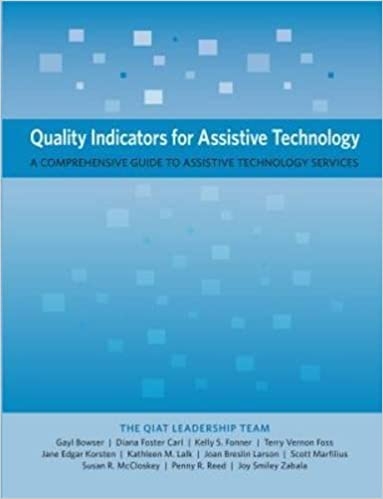
Quality Indicators for Assistive Technology: A Comprehensive Guide to Assistive Technology Services
This book provides an essential guide for assessing a child's needs, choosing and implementing the right technologies and services, and training education professionals in how to optimize learning with these critical tools.
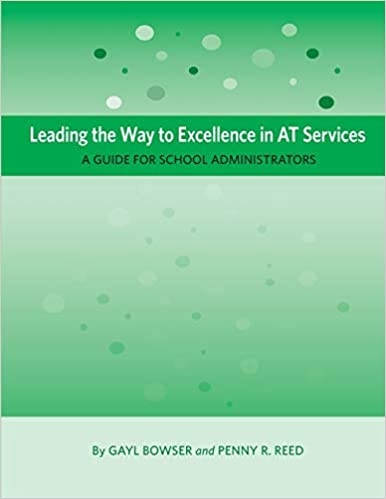
Leading the Way to Excellence in AT Services: A Guide for School Administrators
This book is designed to help administrators identify critical issues and specific actions that will influence the provision of excellent assistive technology (AT) devices and services in their school(s).
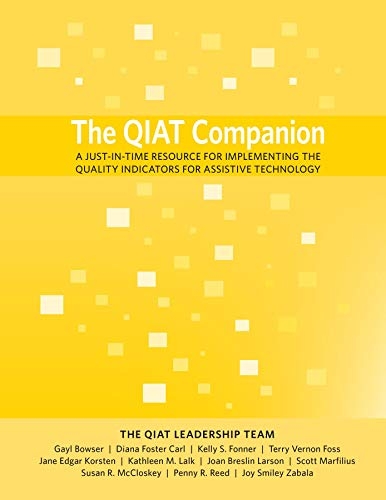
The QIAT Companion: A Just-In-Time Resource for Implementing the Quality Indicators for Assistive Technology
This practical companion to the original book will help students, families, school professionals, and communities work together to meet the educational needs of every student. This new volume offers educators and families an action-based, just-in-time resource.
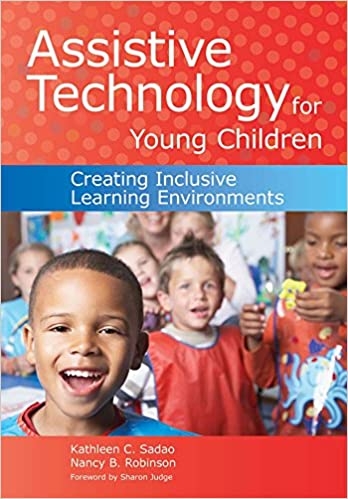
Assistive Technology for Young Children: Creating Inclusive Learning Environments
This book demystifies AT and gives readers solutions they can implement right away. Educators, early interventionists, SLPs, and other professionals will learn how to: * assess children's AT needs * choose from high- and low-tech strategies, from photo albums and page fluffers to touchscreens and adaptive software * use AT to support development of critical skills: communication, play, literacy, and computer use * embed AT into activity-based intervention * determine funding options for AT * use AT to aid implementation of universal design for learning * involve family members in all phases of AT service delivery.
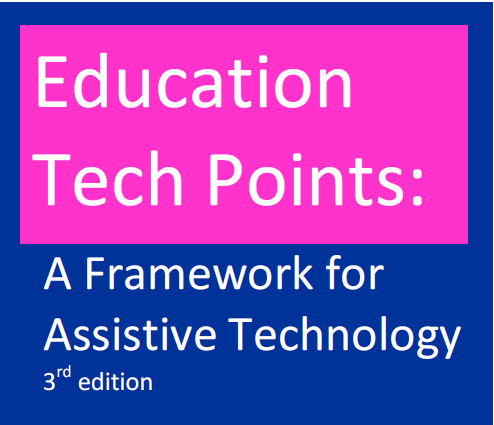
Education Tech Points: A Framework for Assistive Technology (3rd Edition)
Education Tech Points is a framework for thinking about and addressing a student's need for assistive technology (AT). The ETP framework includes tips for the team members working with students with disabilities and implications for divisions as they develop AT services.
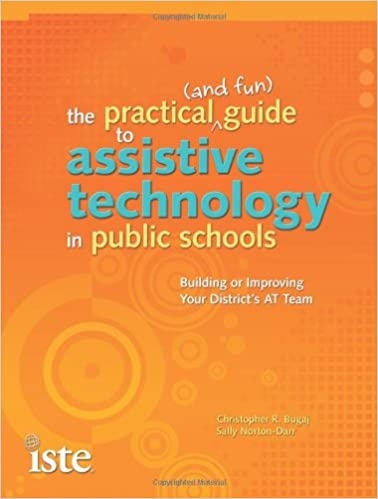
The Practical (and Fun) Guide to Assistive Technology in Public Schools: Building or Improving Your District's AT Team
Assistive technology (AT) is a serious topic that provides students with special needs tools and strategies to aid in their learning, but reading about it doesn't have to be boring! In this book, the authors throw in a few pirates, monsters, and monkeys to keep you engaged but don't sacrifice the tips, strategies, and insight that will help improve your school or district AT program. From setting up a stellar team to consultations and evaluations, and from implementation to assessing success, this guide presents detailed advice and ideas to provide AT services that effectively and efficiently help students. The nuts and bolts of each area are presented in a practical way (with amusing metaphors thrown in for good measure) so that you can directly apply what is in the book and see tangible results.
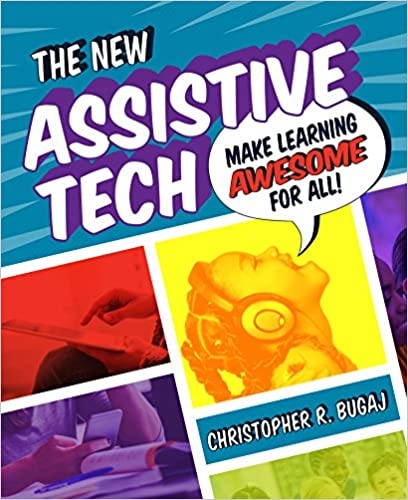
The New Assistive Tech: Make Learning Awesome for All!
This playful yet professional book will help educators select, acquire, and implement technology to design inclusive and accessible experiences to educate all students, including those with disabilities.
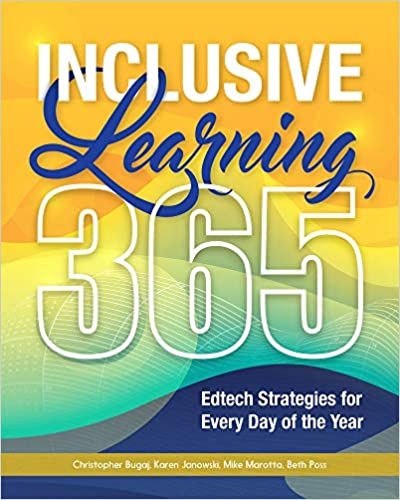
Inclusive Learning 365: Edtech Strategies for Every Day of the Year
This engaging book includes daily strategies accompanied by examples of tools that can be implemented immediately to design meaningful instruction. Topics covered include role-playing games for social-emotional learning, building literacy through captioned video, coding to teach early literacy, text-to-speech for math and reading, and much more!
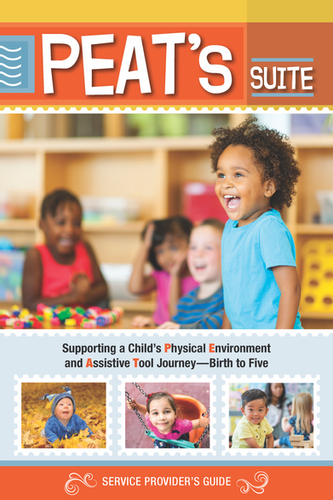
PEAT's Suite: Service Provider's Guide and Leader's Guide
PEAT's Suite is a comprehensive package of materials that helps service providers (educators, home visitors, therapists, etc.), families, and other stakeholders support participation of young children with differing abilities in typical routines and activities. The acronym PEAT stands for Physical Environment and Assistive Tools. When used as intended, the PEAT approach:\*
- Results in a chronology of a child's physical environment and assistive tool journey.\*
- Offers ways to share useful information among families, service providers, educators, programs, and other advocates.\
Routines and activities are the context for learning and participation. The more that routines and activities are accessible to the child, the more opportunities the child has to participate. When there is a mismatch between a child's participation and the demands of their routines and activities, the child may miss out on learning. If this happens, the elimination of physical environment barriers, together with the use of assistive tools as necessary, can resolve the mismatch. \Within PEAT's Suite:\* PEAT's Pilots are used to navigate the decision-making process and to identify possible solutions.\* PEAT's Portfolio provides a way to illustrate the solutions that are most beneficial to the child at a particular age.\* PEAT's Point-To-Point is used to document current information on the solutions used by a child; this is sent to the receiving team when the child transfers into a new setting or participates in multiple settings. It is designed to help the team prepare for and provide access for an individual child's participation in the new setting.
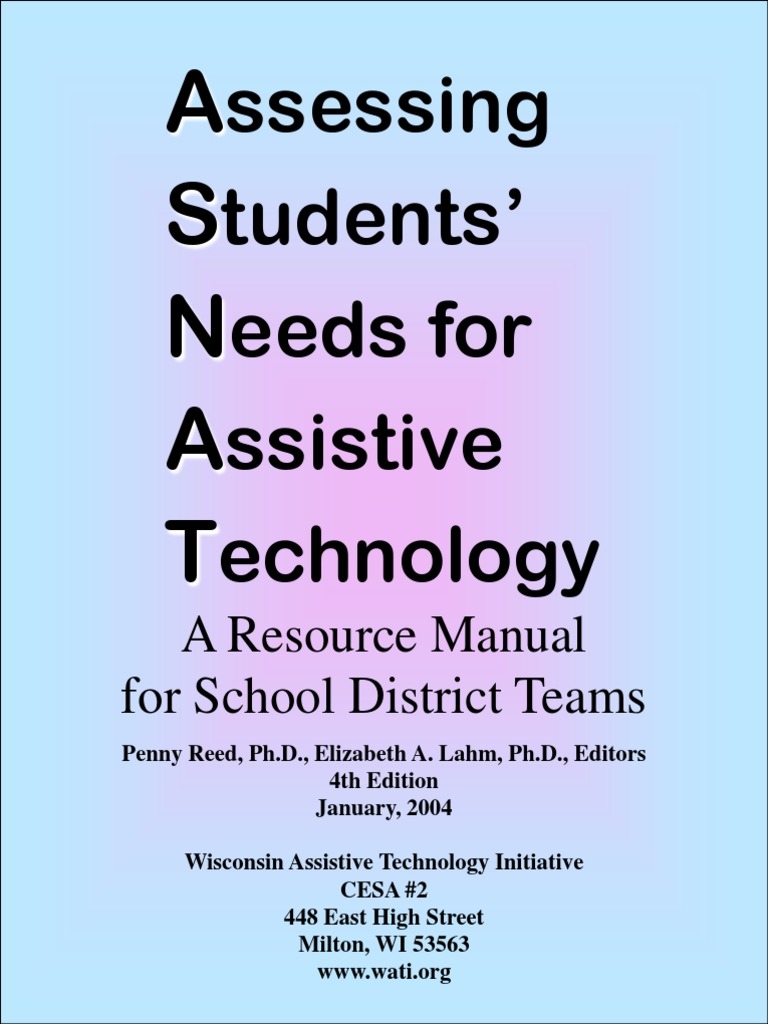
Assessing Students' Needs for Assistive Technology: A Resource Manual for School District Teams
Assessing Students' Needs for Assistive Technology (ASNAT) 4th Edition is designed to help educational teams assess a student's need for assistive technology. ASNAT provides a wealth of information about assistive technology. The first chapter explains the assessment procedure and forms that WATI has developed to support school teams as they engage in the assessment process. Subsequent chapters provide detailed information on specific categories of assistive technology. The appendix contains resources including print, web, and AT vendors.


